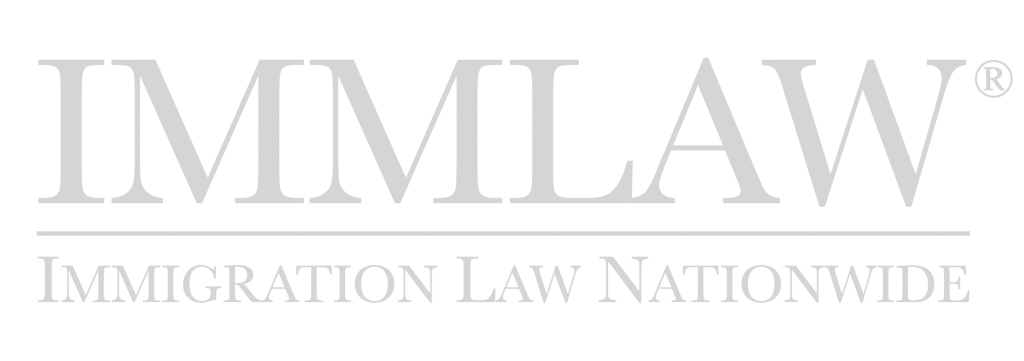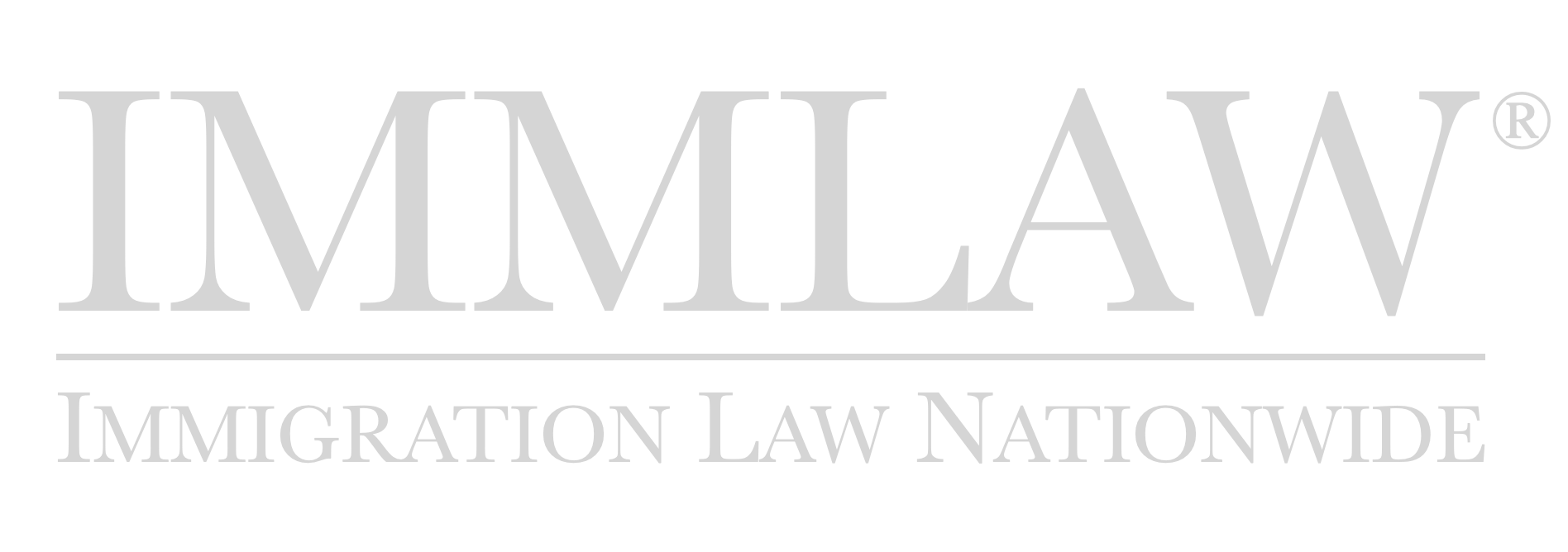
Student Visas (M-1 & F-1)
Foreign nationals are allowed to come to the U.S. temporarily to study at vocational, secondary and postsecondary institutions. Vocational students are classified as M-1 and non-vocational students are classified as F-1.
The student visa process begins with admission to a program of study in the U.S. at a school authorized to admit foreign students. The school will then issue a Form I-20, which the applicant will then utilize, along with proof that he or she has the funds to live and study in the U.S., to apply for the student visa (or, if Canadian, to apply for admission to the U.S. as a student). The student’s spouse and minor children may also apply for visas, but the student must prove the ability to support the dependents while studying.
While in the U.S., the student must always maintain a full course load and avoid working without authorization. Opportunities for employment are somewhat limited. F-1 students can work on the school’s campus, part-time during the school year and full-time during breaks and holidays. Should unforeseen economic hardship arise after entry, the student can apply for off-campus work authorization. Internships and the like during the program of study can be facilitated by the school’s grant of Curricular Practical Training (CPT).
Post-graduation employment is normally granted by USCIS for 12 months based on a request for Optional Practical Training (OPT). Students who have graduated in a program involving science, technology, engineering or mathematics (STEM) may also apply to USCIS for a 24-month extension of the 12-month grant of OPT.









